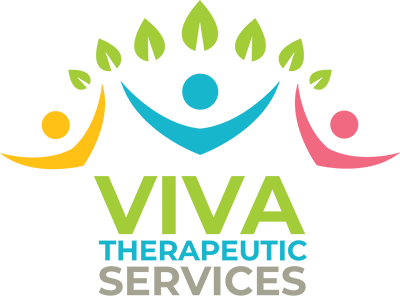Some important terms
*A note on terminology: there are many discussions and opinions on whether it is better to use person-first language (e.g. person with autism) or identity-first language (e.g. autistic person). Many, but not all, autistic people have expressed a preference for identity-first language. The best practice is to ask the preference of the person you’re speaking with. Throughout our website and other documents, we alternate between these two choices.
Neurodiversity refers to the diversity of minds and brains amongst a group of people; the infinite variation in neurocognitive functioning within our species. Neurodiversity is a biological fact.
“Neurodiverse” is an adjective used to describe a group of people that includes individuals with diverse neurocognitive functioning styles. “Our society is neurodiverse.”
People who are neurodivergent (ND) have neurocognition that diverges from societal norms. This includes, but is not limited to individuals with autism, ADHD, dyslexia, epilepsy, and PTSD.
People who are neurotypical (NT) have a neurocognitive functioning style that is within the range of what dominant society considers “normal.”
References: Allistic definition;
Living language guide

Autism falls under the umbrella of Neurodivergence.
Autism is a developmental disability that affects people of every gender, ethnicity, education level, income level, and age group, all around world. Autism is a difference in the very wiring of the brain and is therefore lifelong and part of a person’s identity. It affects how people learn and think, process through their senses, communicate and socialize, and function on a daily basis. Many autistic people require support in some aspects of their life, even while they may excel in other aspects.
Every autistic person is different in terms of their preferences and needs for support. When you love someone or work with someone with autism, it is important to learn about their unique preferences and needs,
At VIVA, we pay attention to what our learners are “telling” us in order to adjust our teaching to meet their individual needs. We learn from the child as we teach.
Learn about autism from an autistic perspective.
About Autism
What are the signs and characteristics of autism?
The signs and characteristics of autism vary from one individual to the next, but in general, they fall into three areas:
- Differences or difficulties in social interactions
- Differences or difficulties in communication
- Repetitive behaviour and interests
Children with autism do not follow the same patterns as non-autistics when developing social and communication skills. Parents, grandparents, or other close adults are usually the first to notice signs of autism. Caregivers may notice differences between their child and non-autistic children of the same age.
In some cases, these differences are apparent from a very young age. Even before their first birthday, some babies seem very focused on certain objects, rarely make eye contact, or do not engage in back-and-forth play and babbling with their parents. Other autistic children may seem to follow a similar developmental path as their non-autistic peers until the second or third year of life, when signs of autism become apparent.
To learn about early signs of autism:
Early signs of autism
Autism is not diagnosable through medical testing. The diagnosis occurs after a period of observation and screening by a team of various professionals, and the parents and/or caregivers of the child.
Healthcare providers reference the DSM-V – Diagnostic criteria when diagnosing autism.
Caregivers may complete the M-CHAT Screening tool in preparation for their appointment with a healthcare provider.
